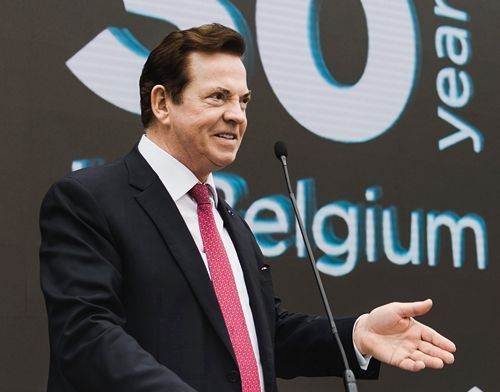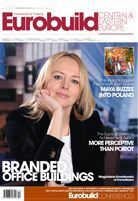In the early 1990s, the CEO of Ghelamco Group started visiting Wrocław to buy construction materials for his Belgian projects. “At the time these products were much cheaper in Poland than in Belgium or other Western European countries,” recalled Paul Gheysens on the pages of ‘Eurobuild CEE’ a few years ago. “However, I could see virtually no modern office space in Poland at the time and the rents in existing buildings were extremely steep – up to USD 40 per sqm, whereas in Belgium the average rate was USD 15. It was clear that the market had great potential and we could not waste such an opportunity,” he says. Looking at Warsaw these days through the window of an office on the 41st floor of Warsaw Spire, Paul Gheysens has the right to think that it’s not only the city’s Wola district the building towers over that is at his feet.
Royal debut
However, the beginnings of Ghelamco’s Polish investment in the early 90s were not th































































